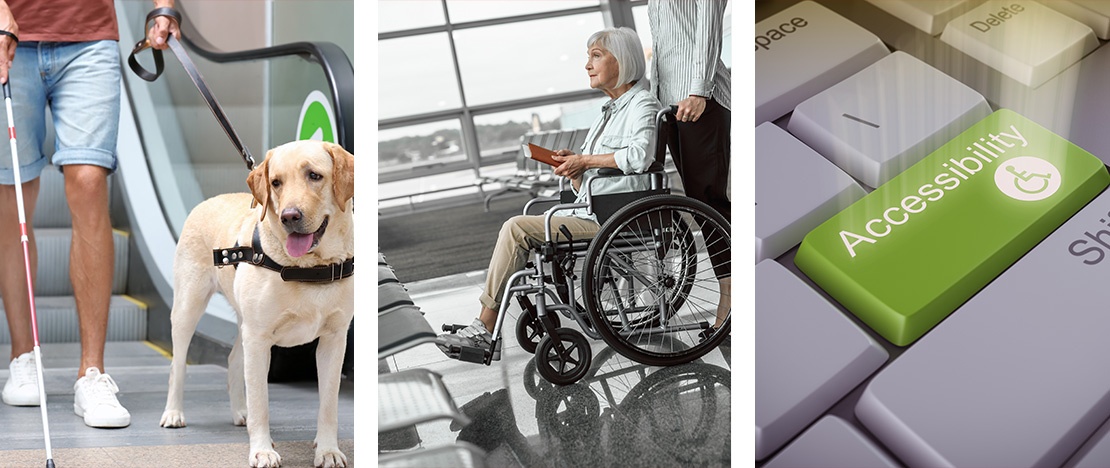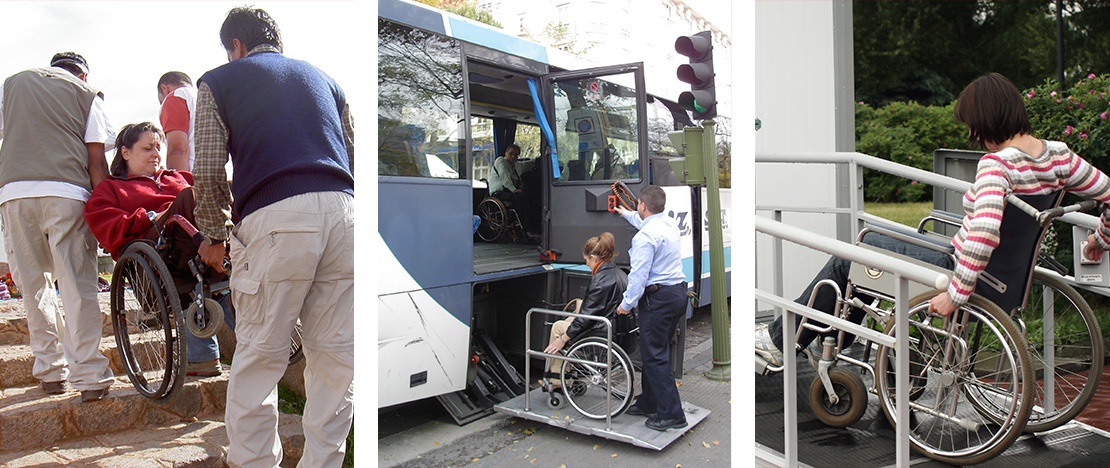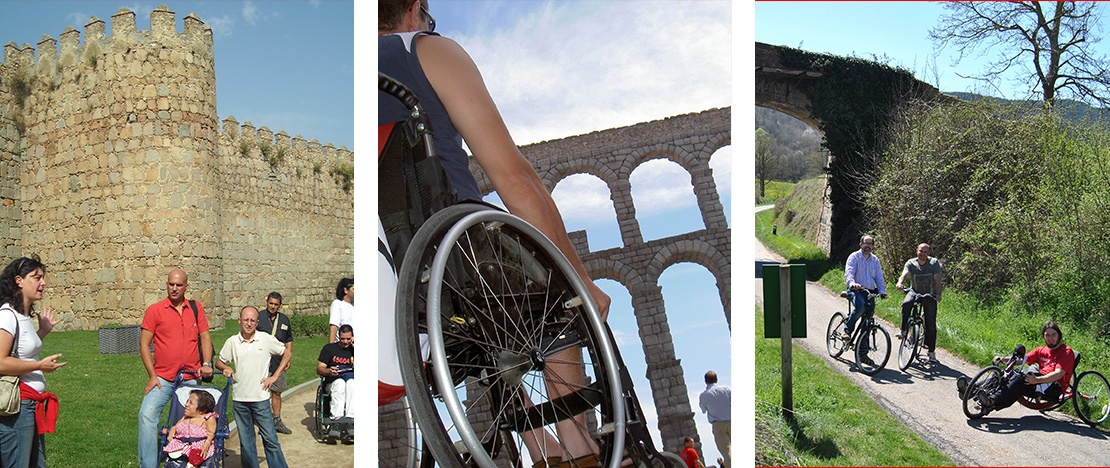Travelling in Spain can be easy for people with motor, visual, mental or hearing disabilities. We provide important information for organising your trip and some tools and tips that will be useful to you for enjoying 100% accessible holidays. A wheelchair, a pair of crutches or the need for a guide dog don't have to be obstacles when it comes to enjoying one of the most enriching and expansive leisure experiences: travel. In Spain, almost all infrastructures and most tourism-related services meet the accessibility requirements. From the most basic: adapted transport that guarantees mobility, to a wide range of accessible activities, visiting museums and monuments without any barriers, or accommodation and restaurants capable of meeting the needs of disabled people.

Transport
If you are travelling to Spain by plane, you won’t have any problems at all. All airports in Spain provide the option of assistance service for people with reduced mobility or mental, hearing or visual disabilities free of charge. At the On the AENA website you can find the form to request this assistance (available in Spanish and English), as well as the meeting points or specific details of each airport. An assistant will accompany you from the moment you arrive at the terminal, helping with check-in processes, security controls, boarding, disembarking and luggage collection.
On medium and long-distance trains, you can also request the Assistance Service offered by Renfe (the country's main railway operator). Although you will find that many Spanish railway stations have been adapted to meet universal accessibility criteria (ramps, visual and auditory reinforcements, lifts, etc.), you also have the option of requesting this personal accompaniment. On international journeys, you can use the Adif Acerca service if you are travelling from or to countries belonging to the International Union of Railways (UIC). Check the Adif website (also available in English) to access all the information and contact details.

For short distances and especially in large cities, public transport (mainly metro, bus, taxi and, in some cases, tram) is generally adapted for travellers with disabilities. For example, in Madrid more than 80% of the Metro stations are accessible (the list can be checked at at its website), over 90% in the case of Barcelona suburban metro. Also, local buses in both cities are 100% accessible (check the website for the buses in Madrid and Barcelona and take into account the fact that each bus usually has places for one or two wheelchairs). If you are travelling to other cities with more recently constructed metro networks, such as Valencia (Region of Valencia), Palma de Mallorca (Balearic Islands), Seville (Andalusia), Malaga (Andalusia) and Bilbao (Basque Country), accessibility is also guaranteed.
In order to get around by taxi or in a rental car with a driver, the best thing to do is to download some mobile apps or get customer service telephone numbers for each city, so that you can request an adapted vehicle.

Sights, accommodation and activities
But travel means more than getting to Spain and moving around our tourist destinations. For a complete experience, the leisure, and gastronomy activities also have to be universal.A tool that will be useful to you is Tur4All, a collaborative platform that provides up-to-date information on the accessibility of hotels, restaurants, museums, monuments, natural spaces, beaches, adapted transport, destinations and experiences, among other points of tourist interest. It is available in 11 languages.In any case, we recommend visiting the official websites or contacting the representatives of the sites included in your itinerary (monuments, museums or even public institutions) to resolve specific questions or inquire about other services.


